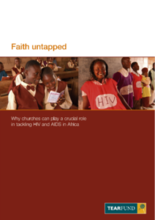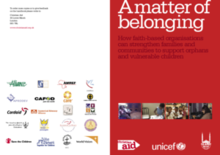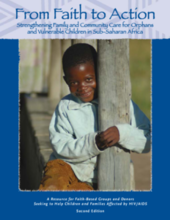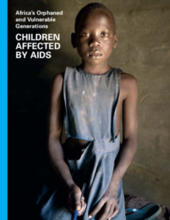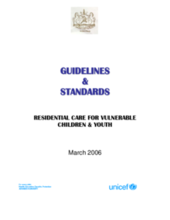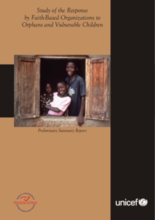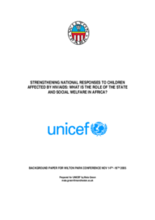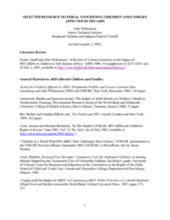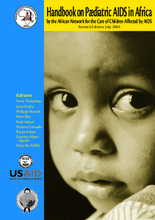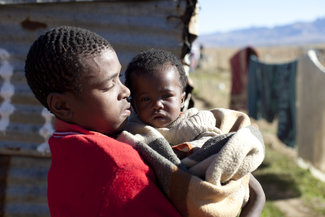

Displaying 521 - 530 of 573
Contains a set of forward-leaning recommendations for churches and the donor community. Also contains an analysis of the role of faith-based groups in the response, specific case studies, the potential to do more on the ground, and challenges faced by churches.
A guide for faith-based organizations working in developing countries on issues related to orphans and vulnerable children. Contains examples of successful community-based and family support care programs throughout the world that are run by faith-based groups. Discourages the use of institutional care and orphanages.
A tool to encourage donors to fund community programs that keep children in family care, rather than simply funding orphanages. Describes the many strategies being used to invest in community-based care, and contains specific program examples.
This report contains new and improved research and statistical infortmation on orphans and vulnerable children, including what governments, NGO's, the private sector and the international community can do to better respond.
Using fieldwork data from six sites, this report addresses the need for improved delivery of the Child Support Grant in South Africa. Includes a comprehensive review of the grant components and current system of delivery. Recommended changes to the act and regulations are highlighted.
A situational analysis of policy and care surrounding children affected by HIV/AIDS in Lesotho. Includes a comprehensive, practice-oriented discussion of alternatives to residential care, placement procedures and standards of residential care.
A study that looks at the response of faith-based organizations in Kenya, Malawi, Mozambique, Namibia, Swaziland, and Uganda. The report contains statistical information, and details positive care practices to build on, and negative examples to avoid.
Overview of social protection and welfare directions around the world, with recommendations for policies to protect vulnerable children and those affected by HIV/AIDS in Africa.
An updated list of literature and bibliographies concerning children and families affected by HIV/AIDS around the world. Most of the resources are focused on sub-Saharan Africa.
A practical resource handbook for health professionals. Topics covered include HIV epidemiology, preventing HIV infection, care of HIV-exposed or HIV-infected children, diagnosis and clinical staging of HIV infection, clinical conditions associated with HIV, antiretroviral therapy, adolescent issues, long-term and terminal care planning for children affected by HIV/AIDS and their families, counseling and psychosocial support, and nutrition.

